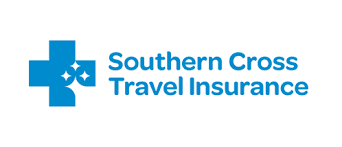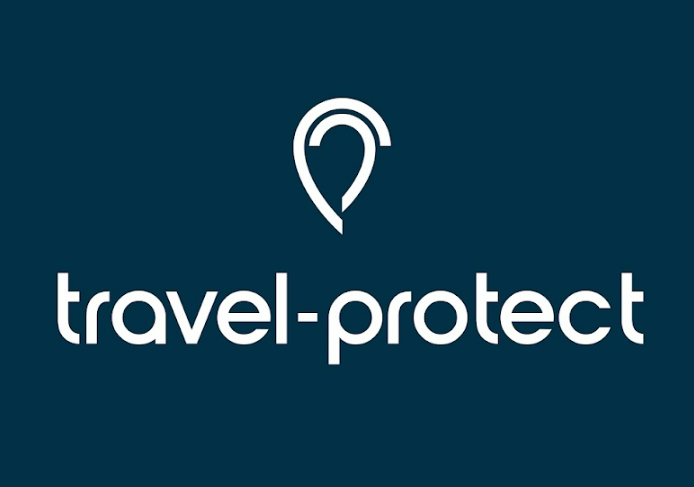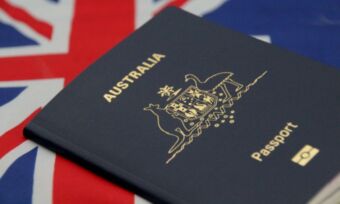Are there differences between travel insurance for children and adults?
Travel insurance for children and adults is usually similar if they’re each taking out a singles policy. Factors such as the level of cover, your destination, whether you want protection for a one-off trip or multiple trips, the length of a trip and any additional cover that’s needed (like for water sports or skiing) can influence premiums. Premiums may be higher too if you are considering family travel insurance, with a family travel insurance policy (two adults and two children) around twice the cost of a policy for one person on average, according to Canstar Research. That said, this could still work out cheaper than purchasing four separate policies, based on this average premium data.
In the end, the arrangement that works best for you will largely depend on your particular circumstances, including the ages of your children and whether they’ll be travelling with you throughout the trip.
What age is a child for travel insurance?
For travel insurance purposes, the most common maximum age for dependent children is 21 years of age, but providers may set an age limit ranging from 18 to 25 years of age, based on research using travel insurance providers on Canstar’s database. Canstar research has found that if a child is older than 18, there can often be criteria for them to be considered a ‘dependant’ for travel insurance purposes. For example, the child may need to be a full-time student, living at home, mentally or physically incapable of self-support, not employed full-time or financially dependent on you.
If a child is classed as a dependant for travel insurance purposes, this generally means they can be included as part of a family policy. In some cases, it may also mean they can receive cover at no extra cost when travelling with their parents and listed on the same policy as them.
What should you consider with child travel insurance?
Keep in mind a travel insurance provider may ask that you disclose the age of the person or people a policy is for at the time of purchase, rather than what age they will be on their travel dates. The health of each person is also important. It can be a good idea to disclose any pre-existing conditions that you want to be covered for. This can help reduce the likelihood of a claim being denied, even if it leads to a higher premium. It is a good idea to read the fine print in the Product Disclosure Statement (PDS) and Target Market Determination (TMD) for any policy before purchasing it.
Do babies need travel insurance?
Travel insurance can give you peace of mind in protecting you and your family from unexpected costs on a holiday. If you are considering family travel insurance, or domestic or international travel insurance in general, it could be a good idea to organise cover for your youngest family members, including babies. If you choose to take out a family travel insurance policy, it will usually cover any children and babies travelling with you, as long as you don’t exceed any limits under the policy for the maximum number of dependent children, and meet any other policy requirements. While flying with children under two years old can be cheaper, keep in mind that some airlines, such as Qantas, do not recommend flying with a baby within seven days of their birth. If you need or want to fly with a new arrival in your family (and congratulations too!), you may need to complete a medical travel clearance form.

































 As Canstar’s Group Manager, Research, Ratings & Product Data, Josh Sale is responsible for the methodology and delivery of Canstar’s Travel Insurance Star Ratings. With tertiary qualifications in economics and finance, Josh has worked behind the scenes for the last five years to develop Star Ratings and Awards that help connect consumers with the right product for them.
As Canstar’s Group Manager, Research, Ratings & Product Data, Josh Sale is responsible for the methodology and delivery of Canstar’s Travel Insurance Star Ratings. With tertiary qualifications in economics and finance, Josh has worked behind the scenes for the last five years to develop Star Ratings and Awards that help connect consumers with the right product for them.






